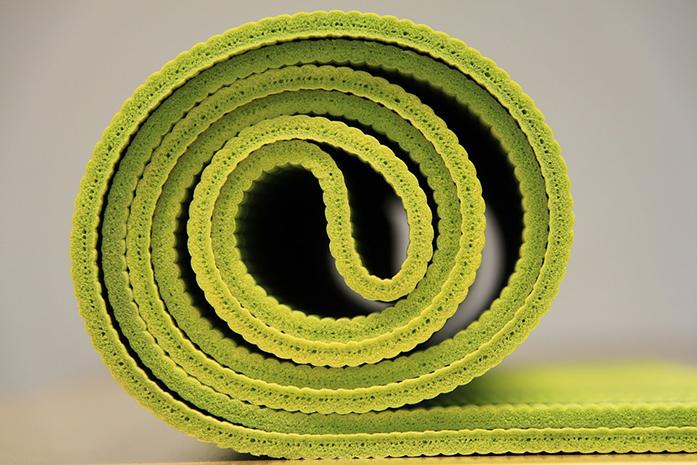I would like to introduce how queer yoga carries with it amazing, positive implications for our community’s overall health. If you Google “queer yoga,” your browser will open to a whole other world out there. There are endless, thought-provoking resources dedicated to supporting people who want to be in an environment that ensures that their personhood is respected.
Anyone who does yoga can help make a yoga class more accepting to all. The most supportive thing you can do is practice cultural humility. The first step is to avoid presuming anything about anyone. This supports anyone who is lesbian, gay, bisexual, trans-sexual, queer or questioning, asexual, and/or intersex and keeps you from jumping to any wrong conclusions. Accept that you don’t know everything about everyone (nor should you), and it is OK to get to know others by letting them tell you about themselves as appropriate.
I found the queer-yoga websites are committed to getting rid of stereotyping and misinformation. Nick Krieger, at decolonizingyoga.com, writes about the importance of respect and does not mince his words. For instance, he reminds us that trans men can be pregnant.
Many people might think: What, don’t only women get pregnant? Nope. Just remember, to avoid making assumptions about what body parts people have under their clothes.
The night before his top surgery (removal of breast tissue to create a masculine chest), Krieger went to yoga and had a teacher who kept referring to the whole class as “ladies.” The last thing he needed was to be classified as female, especially because he was trying to get in one last mindfulness practice to help him through surgery the next day.
The Intersex Society of North America reports the percentage of people whose bodies differ from the “standard” male or female definition is 1 percent. That’s 1 in 100 people. Variations in sexual development can be subtle — for example, a residual third nipple. They can be more complex, as in someone who is intersex and has both female and male reproductive structures.
Dukh Niwaran Kaur’s video on “How to Make Your Classes More LGBTQ Friendly” points out that all yoga students want a space to be themselves and harness good on the mat and take it out into the bigger world.
If you are someone who binds (flattens breast tissue) or tucks (moves the penis between the legs), yet have never done yoga, several professionals recommend this: Go to class, and be yourself. Wear comfortable top and bottoms. If you bind, only you can decide if you want to bind while doing yoga. Consider options that will be the most comfortable: wear a properly fitted binder or an effective sports top; try different poses before class. If you tuck, only you can decide what is best. Sometimes it is difficult to stay tucked during a whole class, so try wearing fitted yoga pants or compression shorts under sports shorts instead of tucking.
I encourage everyone who practices mindfulness through yoga to remember that every person is a unique human. We should continue to bring this mindfulness out into our community to support everyone’s health.



